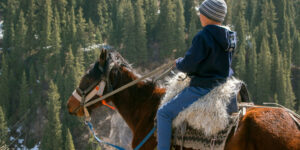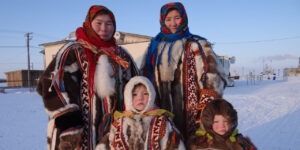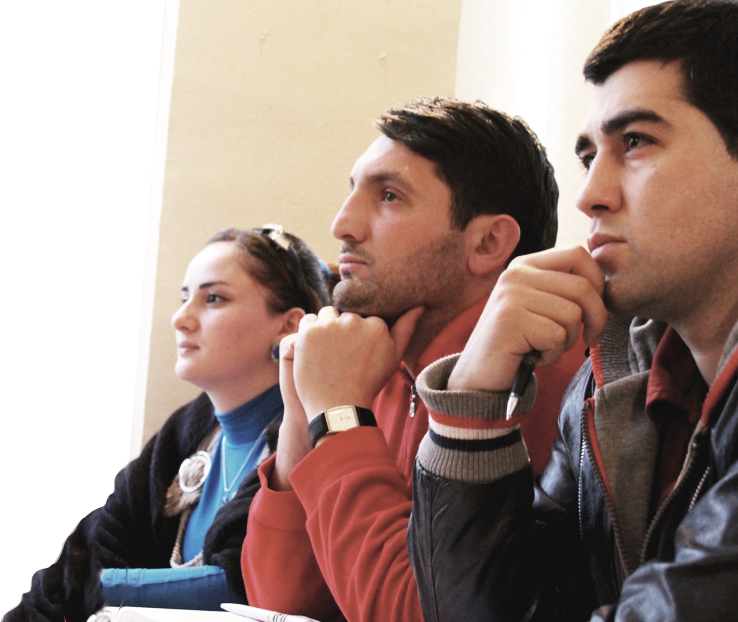Exploring the Geography of Eurasia
Discovering Eurasia's Steppes and Mountains
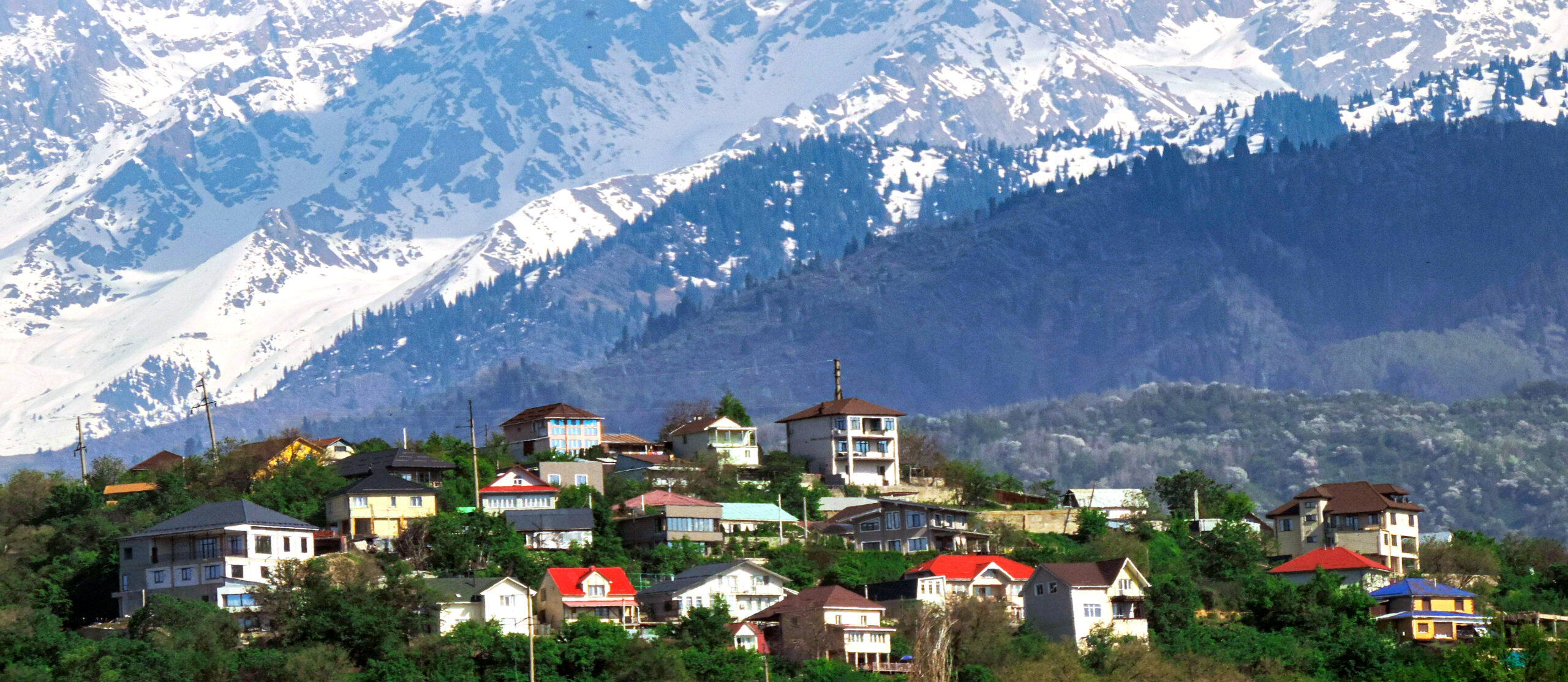
"The heavens declare the glory of God, and the sky above proclaims his handiwork. Day to day pours out speech, and night to night reveals knowledge. There is no speech, nor are there words, whose voice is not heard. Their voice goes out through all the earth, and their words to the end of the world."
Psalm 19:1-4 (ESV)
The vast geographical tapestry of Eurasia stands as a testament to God's creative power, featuring some of Earth's most dramatic landscapes and diverse ecosystems. Understanding this geography is crucial for appreciating both the challenges and opportunities it presents for ministry and cultural engagement across the continent.
Significant Geographical Features
Eurasian Steppe
The world's largest temperate grassland stretches from Hungary to Manchuria, historically serving as:
A natural highway for peoples and ideas
Grazing land for nomadic cultures
A corridor for missionary movements
A bridge between East and West
Mountains
The Himalayan Range
The "Roof of the World" includes:
Mount Everest and other peaks
Remote communities needing outreach
Ancient monasteries and cultural sites
Challenging terrain for ministry access
The Ural Mountains
The "Roof of the World" includes:
Rich mineral resources
Indigenous communities
Historical trading routes
Strategic ministry locations
The Caucasus Range
This region represents:
Ancient Christian heritage sites
Diverse ethnic communities
Strategic mission field locations
Cultural crossroads

Climate's Role in Shaping Eurasia
Arctic Zone
Temperate Areas
Northern Eurasia's arctic zones present:
Unique ministry challenges
Indigenous communities
Resource-rich territories
Environmental concerns
The moderate climate regions include:
Major population centers
Agricultural heartlands
Historical mission bases
Educational institutions
The Deserts
Arid areas such as the Gobi Desert feature:
Scattered communities
Traditional nomadic cultures
Challenging ministry conditions
Historical Silk Road routes
The Importance of Eurasia's Water Systems
Rivers
Eurasia's great rivers include:
The Volga: Europe's longest river
The Yangtze: Asia's lifeline
The Ganges: Sacred waters
Alexandria - Mediterranean port city
These waterways continue to serve as:
Transportation corridors
Population centers
Agricultural regions
Ministry access points
Inland Seas and Lakes
Significant bodies of water include:
The Caspian Sea
Lake Baikal
The Aral Sea
Lake Balkhash
Stewardship of Eurasia's Lands and Resources
Mineral Deposits in Eurasia
Eurasia's resources include:
Oil and natural gas deposits
Precious metals
Industrial minerals
Rare earth elements
Agricultural Areas
Key farming areas feature:
The Ukrainian black earth region
Chinese rice-growing regions
Central Asian grain belts
Russian wheat fields
Eurasia's Environmental Landscape
The Effects of Climate Change
Current challenges include:
Melting permafrost
Changing precipitation patterns
Desertification
Rising sea levels
Preservation Efforts
Important initiatives focus on:
Forest preservation
Water resource management
Wildlife protection
Sustainable development
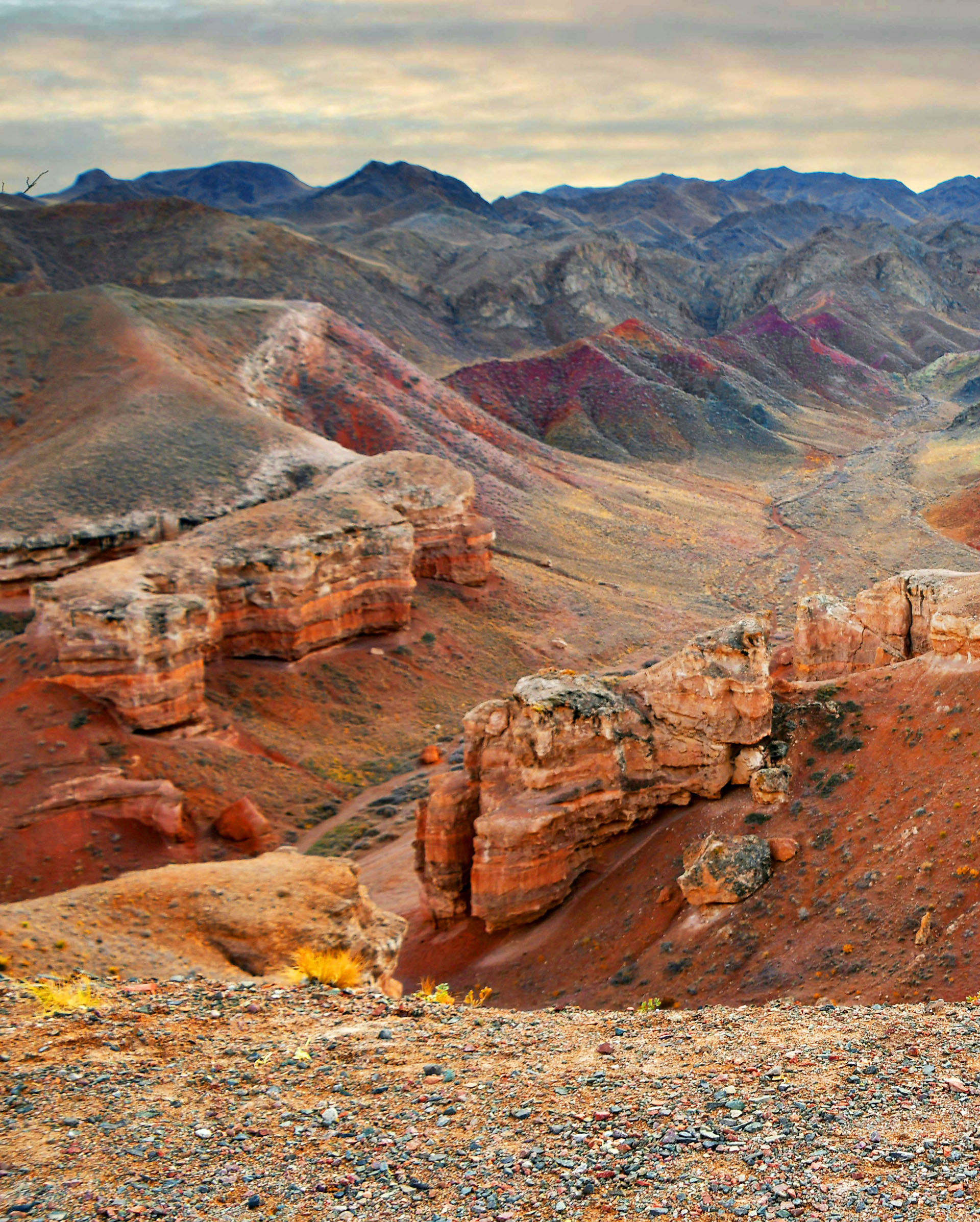
Importance for Ministry
Challenges Posed by Geography
Physical barriers include:
Mountain ranges
Desert regions
Remote communities
Harsh climates
Opportunities for Ministry
Geographic features create opportunities for:
Strategic base locations
Natural gathering points
Resource distribution centers
Educational facilities
Development and Access in the Region
Transportation Systems
Modern infrastructure includes:
Rail systems
Highway networks
Air transportation
Maritime routes
Where People Live
Understanding population patterns reveals:
Urban concentrations
Rural communities
Nomadic groups
Unreached areas
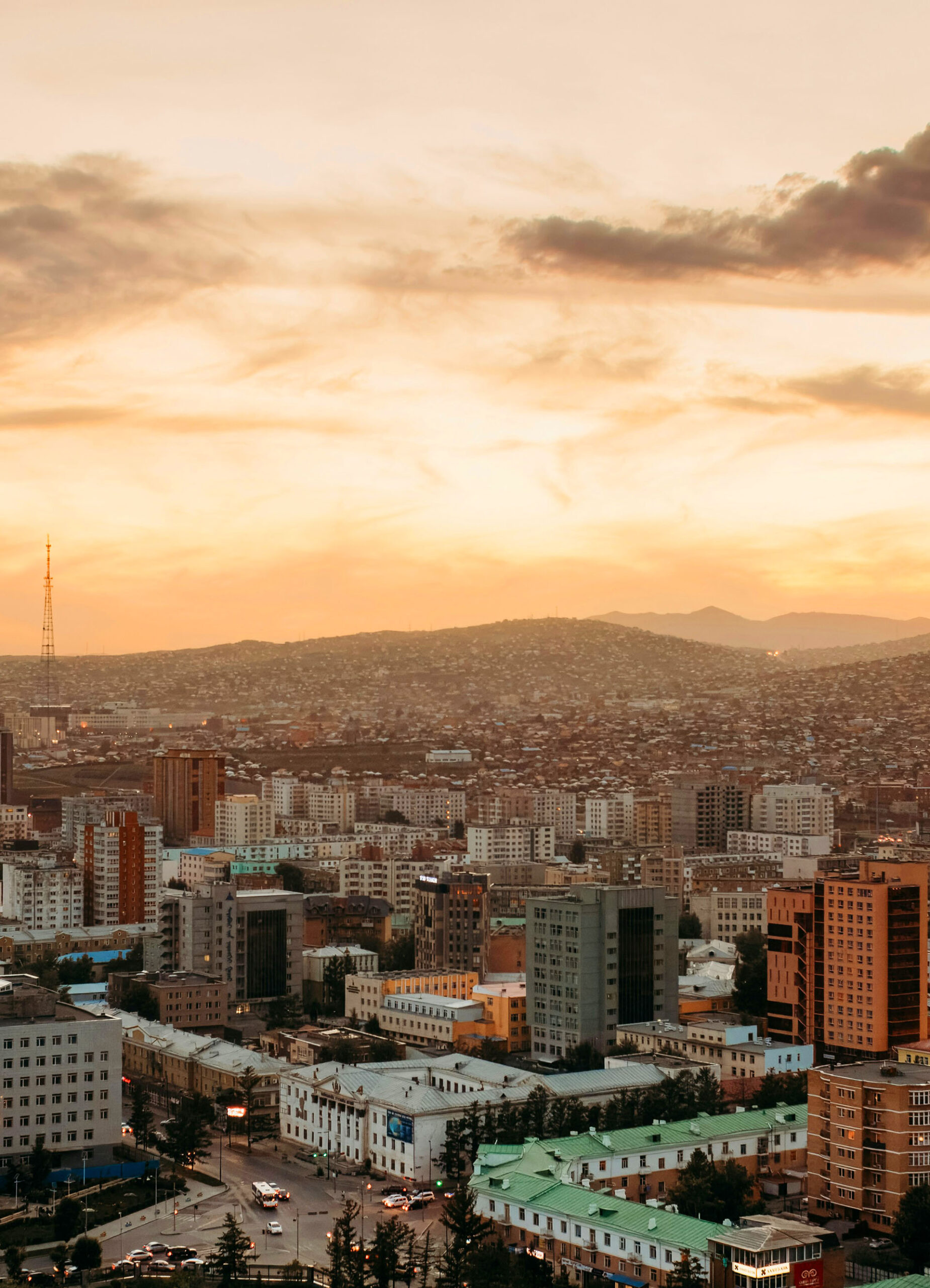
Things to Consider for the Future
Development Plans
Ongoing initiatives include:
Infrastructure improvement
Resource management
Environmental protection
Community development
Planning for Ministry
Geographic understanding aids in:
Strategic placement of resources
Identifying unreached areas
Planning transportation routes
Developing support networks
Key Ministry Areas
The vast geography of Eurasia encompasses several key nations where strategic ministry work is actively ongoing. These regions represent diverse geographical features that shape ministry approaches:
Northern Eurasia
Central Asia
Kazakhstan - World's largest landlocked country
Kyrgyzstan - Tian Shan mountains
Tajikistan - Pamir mountain ranges
Turkmenistan - Karakum Desert
Uzbekistan - Rivers and oases
Caucasus Region
Eastern Europe
Middle East
Israel - Mediterranean coast to desert
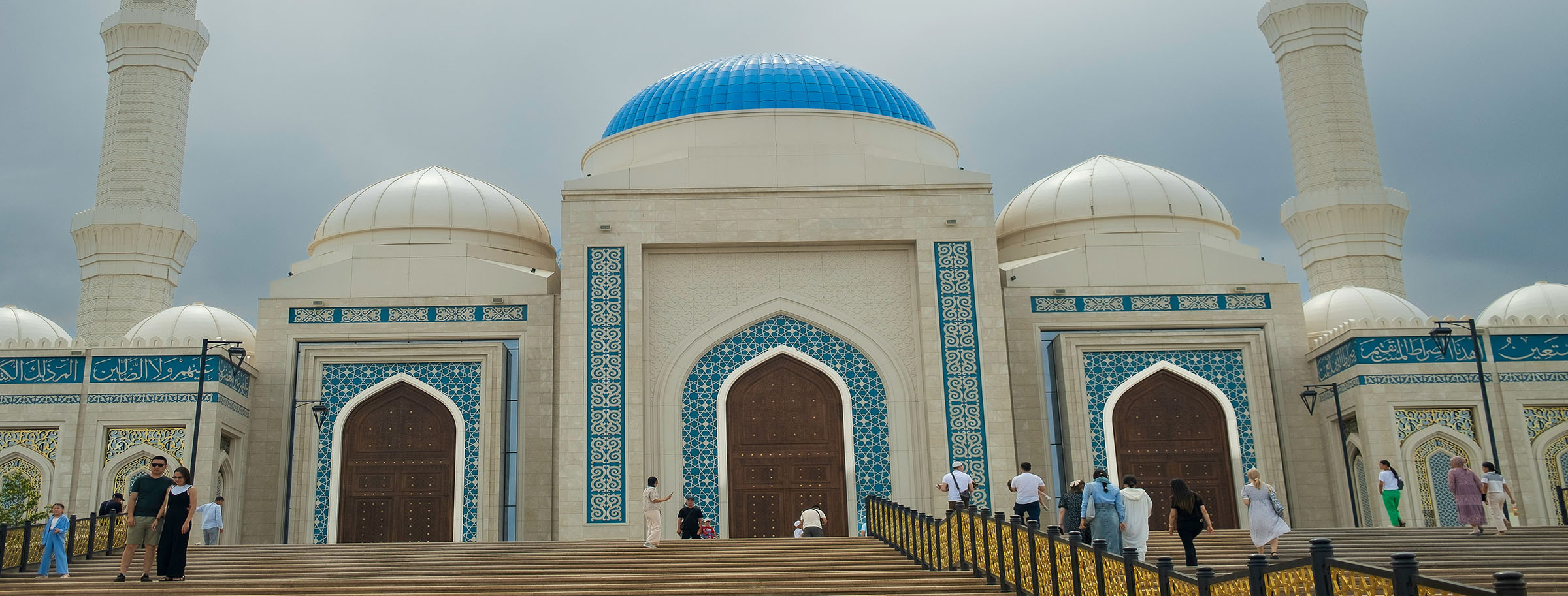
Conclusion
Eurasia's geography presents both significant challenges and unique opportunities for ministry and development. Understanding these physical features helps in:
Planning effective ministry strategies
Identifying unreached populations
Developing appropriate resources
Creating sustainable programs
This vast continent's diverse landscapes remind us of God's creative power and provide numerous opportunities for service and ministry. By understanding and respecting these geographic features, we can better serve the diverse populations of Eurasia while being good stewards of God's creation.
The geography of Eurasia continues to shape human activity, cultural development, and ministry opportunities across this vast continent. As we face modern challenges and opportunities, this understanding becomes increasingly valuable for effective ministry and service in this critical region of the world.
Frequently Asked Questions:
Related Articles
Unveiling the Silk Road’s Eurasian Legacy
A Window into Ancient Trade and Civilization “How beautiful upon the mountains are the feet of him who brings good news, who publishes peace, who brings good news of happiness,…
Read MoreEurasia: A Look at its Diverse Cultures and Geography
Eurasia A Look at its Diverse Cultures and Geography “And he made from one man every nation of mankind to live on all the face of the earth, having determined…
Read MoreWhere We Serve
Where We Serve Armenia Azerbaijan Belarus Georgia Israel Kazakhstan Kyrgyzstan Moldova Mongolia Poland Turkmenistan Tajikistan Russia Ukraine Uzbekistan Get Involved Donate Now
Read More
